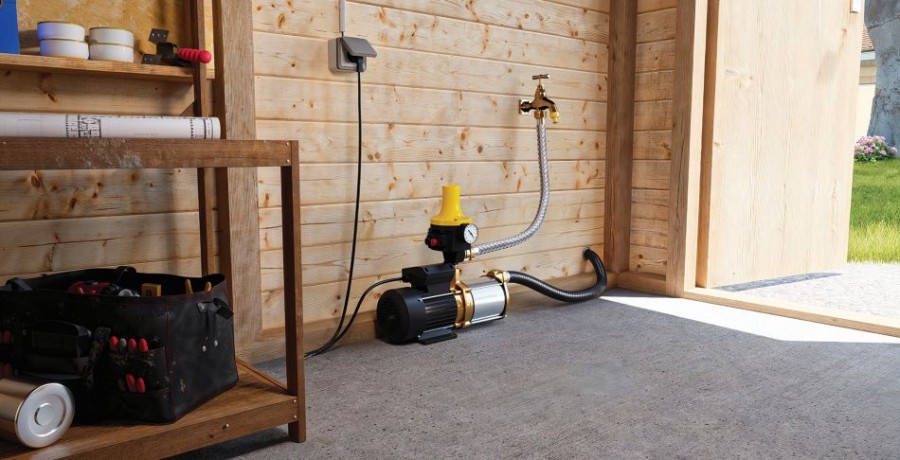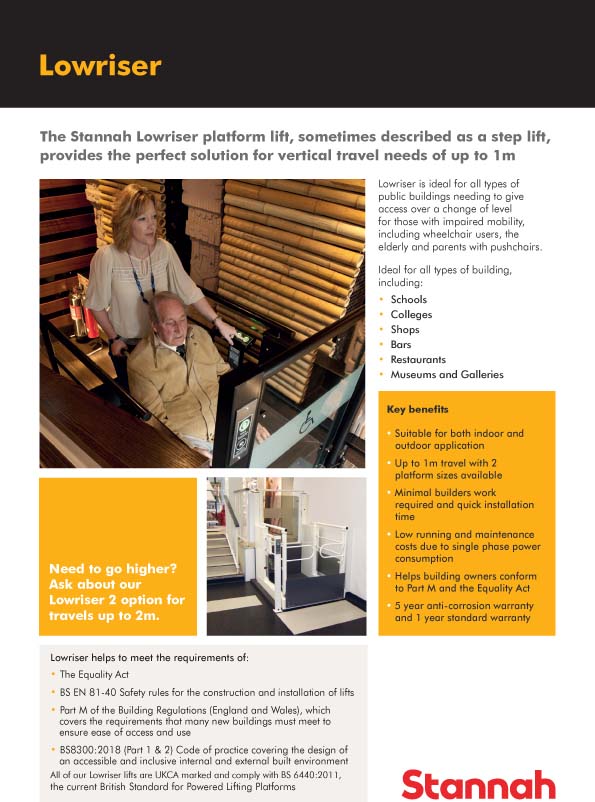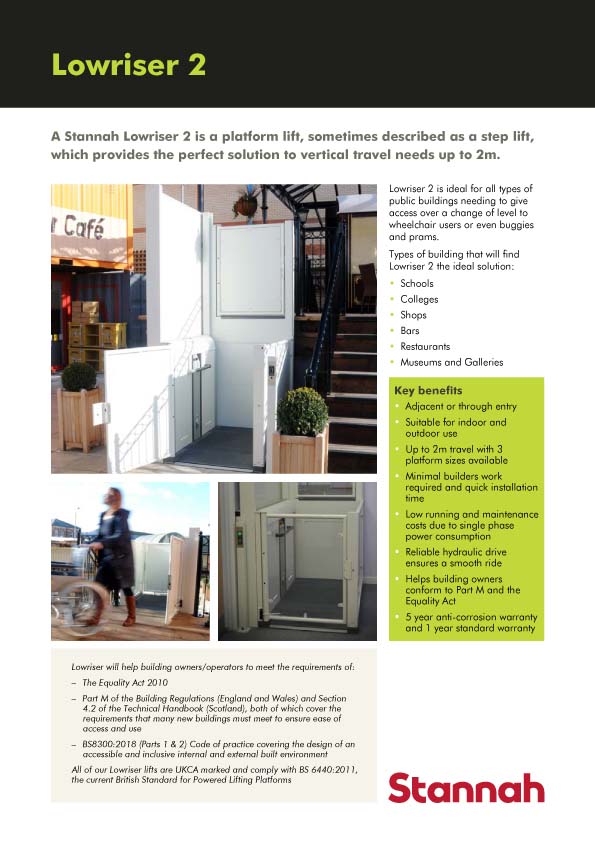
Co-heating tests that are used to measure overall heat loss from buildings are inconsistent and highly sensitive to the weather, new research by the NHBC Foundation has found.
The study warns that doubts about the accuracy of the co-heating tests mean that in its current form it is not a suitably accurate tool for reliably evaluating energy performance.
The NHBC Foundation report Review of co-heating test methodologies was carried out amid growing concern about the performance gap between the design expectations and as-built energy performance of new homes.
The co-heating test, designed in its present form by Leeds Metropolitan University, provides a means to measure as-built performance. It works by heating the interior of a building to a uniform temperature and then recording the amount of electrical energy needed to retain this temperature over a period of around two to three weeks.
Experts from seven different organisations carried out a number of co-heating tests on the same houses. The results produced varied widely, with the lowest 17% less than the SAP-predicted value (indicating an energy demand significantly less than expected) and the highest 11% more than the SAP value (indicating a much higher energy demand than expected).
The study found that solar gain is the single largest cause of the difference and that developing revised protocols for co-heating tests could lead to a more reliable test that would be more useful for house-builders’ R&D.
Neil Smith, Head of Research and Innovation, NHBC, said: “As we get nearer to the 2016 target date for zero carbon homes, it is essential that our understanding of the so-called ‘performance gap’ improves. Co-heating test results have been hugely influential, providing evidence that homes were not achieving their expected energy performance in practice.
“However, this latest research casts doubts over the accuracy of the test and the complexity surrounding the interpretation of results.
“This research demonstrates that the co-heating test, in its present form, is of limited value in informing the work to reduce the performance gap. More work is needed to improve its consistency before it can become a useful tool for the house-building industry’s R&D."




















